By Albert Mroz
The High Mobility Multipurpose Wheeled Vehicle, or Humvee, was created as a light, multipurpose, off-road vehicle that would supersede the venerable jeep and other light trucks. Its first acronym, HMMWV, was unpronounceable, so the name Humvee was adopted by the U.S. Army. That did not stick well either, and people started calling it the Hummer even before it came off the production line.
The Army had continued to use the M38 and M38A1 jeep after World War II. However, during the Korean War the U.S. Army Ordnance Truck Automotive Command (OTAC) commissioned Ford Motor Company to begin work on a quarter-ton vehicle to replace the jeep. This vehicle would be designated the M151. By the end of the Korean War, several blueprints were being proposed.
Prototypes of the Humvee
Although the first prototype arrived during the Korean War, the M151 was placed on the back burner for the next eight years. The unibody construction, more modern suspension, and overhead-valve motor were the primary changes from the original jeep.
The M151 finally went into production in 1960 and was upgraded in 1964 with a heavier suspension to better handle add-on weaponry and extra loads. It was manufactured through 1969, when the M151A2 went into production, differing only in the semitrailing-arm rear suspension design to improve handling and safety. Both Ford and Kaiser built the new jeep derivative. They also built the M151A1C to handle a recoilless rifle and the M178 extended-chassis ambulance.
By the mid-1960s, it became obvious that it was time to reevaluate the requirements for a truly versatile light military truck that could take over from a number of outdated vehicles ready to be retired. When the U.S. military showed interest in building a new versatile vehicle to serve as a reconnaissance vehicle and light weapons carrier, FMC, a San Jose, California, company, showed its dune buggy to the Army. It was called the XR 311 and appeared ready for testing in 1970.
The XR 311 had a tubular space frame chassis and was powered by a 180 hp 360 cid Chrysler V8 which was located in the rear. A Chrysler A727 three-speed automatic transmission was used to power all four wheels using a single speed transfer box. Maximum speed was 67 mph and range was 300 miles. Ground clearance was 14 inches under chassis. It could seat five occupants. Only a few prototypes were built.
In 1974 FMC built a third version of the XR 311. It had the same drive train as the second version but differed mainly in that the air intakes for the engine were on the sides, leaving a flat platform at the rear where weapons, ammunition, and other equipment could be mounted. Weight had grown to 6,300 pounds. With a 26-gallon gas tank it still had a 300-mile range. It was a fast dune buggy, but the rear engine configuration still posed a problem in terms of versatility. Any type of cargo box would restrict access to the engine at the back. A few of this third type were sold to Israel, but the U.S. Army eventually rejected the XR 311.
New Versatility Specs
In 1977, the U.S. Tank Automotive Command (TACOM) began a new project to find a single vehicle that could be used to perform a multitude of different functions including troop carrier, light cargo transport, armaments carrier, and ambulance. This was called the XM966 Combat Support Vehicle Program. Four companies responded with designs: AM General, Chrysler, Teledyne Continental, and Cadillac Gage.
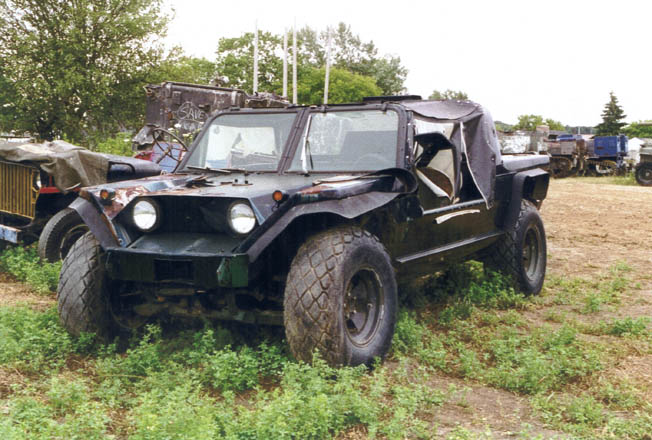
AM General, with its front-engine design; high ground clearance; wide, versatile body; and large diesel or gasoline V8 with plenty of torque, was far ahead in its design of the HMMWV. This was also due to the fact that the new specifications were based on the need for more versatility, which included light tactical battlefield truck, utility truck, communication vehicle, troop carrier, ambulance, weapons carrier, and artillery tractor.
The Humvee’s dimensions and weight (approximately four tons curb weight) would also have to be compatible with modern aircraft transportability standards. The Humvee’s design included this parameter. For example, the C-130 could take three Humvees, C-141B could take six, and the C-5A Galaxy could accommodate 15. A single vehicle would be transportable by helicopters such as UH-60 Black Hawk, CH-47 Chinook, and CH-53E Super Stallion.
When the contract was awarded, other specifications had been set. The vehicle had to ford 30 inches of water. It also had to be fast enough to keep up with the new Abrams tank and Bradley personnel carrier. Minimum ground clearance was to be 16 inches, and it had to have the capability to climb a 60 percent slope. It also had to remain stable on a 40 percent side slope and climb over an 18-inch step.
By March 1980, AM General had tested its vehicles for more than 15,000 miles at its own facilities, and five new prototype copies were turned over to the privately run Nevada Auto Test Center. The first tested prototypes used a GM 372 cid diesel V8 with 130 hp, which was increased to 150 hp in the second version. The Chrysler A727 three-speed automatic transmission was included, along with the New Process NP218 two-speed transfer box. Four-wheel-drive was adopted so that soldiers did not have to stop to shift.
AM General Wins the Contract
TACOM finalized specifications in February 1981, sending out announcements to 61 companies. AM General, Teledyne, and Chrysler were the only three approved to submit final prototypes for testing. Each company had to build and test numerous prototypes in grueling conditions. AM General’s High Mobility Multipurpose Wheeled Vehicle was finally awarded the contract.
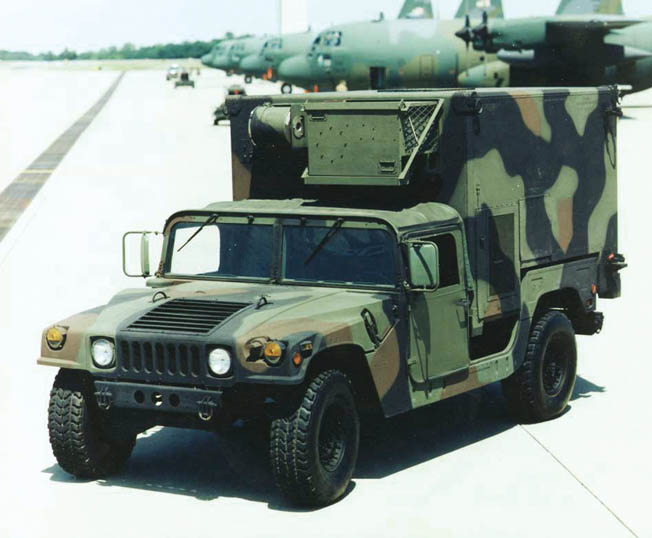
The first production Humvee came off the assembly line on January 2, 1985. The 11/4-ton truck had a separate chassis and body. The aluminum body was heat-treated, epoxied, and riveted. The Humvee was powered by a 90-degree GM 372 cid liquid-cooled diesel of very standard, traditional design coupled to a GM three-speed THM350 automatic transmission which in turn drove a New Process NP218 two-speed transfer box with lockable differential front and rear for full-time four-wheel-drive. Suspension was fully independent with coil springs attached to the A-frames with coaxial shock absorbers slightly forward to make room for the four drive shafts, one in each hub.
The channeled steel chassis was double dropped, boxed with five ladder cross-members. The frame rails were designed to be right next to the drive train, allowing the body to sit low for a low center of gravity. The doors and roof could be cloth over metal frame or armored, allowing for different variants. This would later prove significant as the Humvee would be deployed in combat without armor, and soldiers would have to use scrap metal and sandbags to add armor to their vehicles.
The final production design could be fitted with any of three alternators, from 100 amp to 300 amp, charging two 12-volt batteries under the front seat. The radiator was placed at approximately a 45-degree angle set toward the rear to reduce frontal area damage by direct impact. Kelsey-Hayes disc brakes were mounted inboard and used a hydraulic boost system. A Saginaw 708 steering system also used hydraulic boost. Some models had a Warn Model W6000D25 winch mounted in front.
Split-rim wheels with 36×12.5×16.5 dimension were used with run-flat inserts for the bias-ply tires, allowing the vehicle to travel at 30 mph with one flat, and 20 mph with two flats. Top speed was 65 mph and range was 300 miles. Acceleration was a plodding 24 seconds from 0 to 60 mph, later improved to 18 seconds. Track width on all Humvees was 72 inches. An optional snorkel for deeper fording was included, along with an extended exhaust pipe, gas tank vent tube snorkel, sealed dipstick, and vented CDR valve. Optional equipment included a machine-gun mount kit, two spare gas tanks, a LAPES rear bumper, brush guard for the front bumper, and special spare tire mounting on hinges.
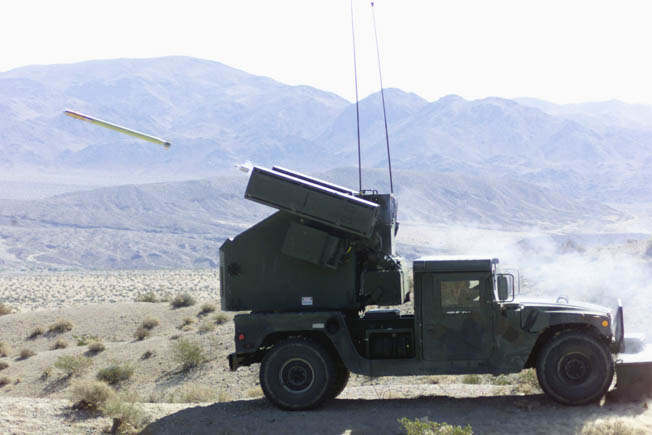
One Platform, Many Roles
The first iteration was numbered M998 and appeared as a pickup truck or a “station wagon.” The M1038 simply referred to an installed winch. Both versions could be fitted with a mortar, machine gun, or TOW missile. These two variants did not have any armor. The windshield could be removed to eliminate any glare, and the front hinged hood could be used to shield from sunlight. Gross vehicle weight (GVW) was listed at 7,700 pounds with a payload capacity of 2,500 pounds.
The M966/M1036 and the M1045/M1046 were TOW missile carriers on the Humvee platform. Although these iterations of the vehicle could fire a missile, they themselves were not armored. Six missiles were carried. The Marine Corps version was the second designation of numbers, again differentiating between with and without winch. The M1045/M1046 had additional hard steel plating over the doors instead of Kevlar/fiberglass laminate. The polycarbonate windshield and windows were designed to withstand shrapnel but were not bulletproof. On the Marine Corps version the polycarbonate thickness was increased to two inches.
The TOW missile itself entered service in 1970. It was built by Raytheon Corporation in Arizona. The design involved spooling out a wire behind the small missile using the optical sight of the operator as its guidance. The high-explosive antitank (HEAT) version could destroy a tank at 4,000 yards. Bunkers light armor and masonry (BLAAM) could destroy a concrete bunker at the same distance. When installed on the Humvee, the elevation was limited to 20 degrees and the depression to
10 degrees. A 360-degree field of fire was designed into the mounting base, which could also be removed for firing from the ground. The cargo door at the rear opened backward or forward, depending on which latch was released. The slant-back design of the Humvee TOW vehicle kept the missile’s exhaust from damaging the vehicle, especially when the firing tube was elevated.
The M1025/M1026 and M1043/M1044 Armament Carriers differed from other models in that they could be fitted with different armament, which included a 40mm Mk19 Mod 3 grenade launcher, an M2HB .50-caliber machine gun, an M240 7.62mm machine gun, or an M60 7.62mm machine gun. The M1043/M1044 was designed as the up-armored version used exclusively by the Marine Corps.
The M1037/M1042 S250 was the designated set of numbers for the shelter carrier, otherwise known as the standardized integrated command post system shelter (SICPS). The design allowed enough space inside the aluminum box for two operators and electronic equipment. The M1037/M1042 has been used as a carrier for the Boeing Aerospace Avenger missile system, which can fire eight Stinger missiles in any direction. This iteration of the Humvee could also carry the LTV Crossbow Missile System designed to launch Crossbow antiarmor missiles or be used with an antiaircraft system. The M1037 can also be used to carry two smoke generators.
The M1035 was the designation for the mini-ambulance Humvee. In addition to the driver and a medic, it was designed to carry two wounded on litters or four ambulatory patients. The litters would be mounted one above the other. The M996 was the designation for another mini-ambulance that could carry six ambulatory patients. The vehicle was designed to have protection against nuclear, biological, or chemical (NBC) materials using a gas-particulate filter unit supporting five persons wearing protective masks. Akin to this vehicle, the M997 was designed to carry four litters or eight ambulatory personnel. The M997 also had the NBC protection system. At 9100 gross vehicle weight (GVW), it was the heaviest of the Humvee-based vehicles.
Another iteration of the military Humvee H1 is the M1097 Prime Mover designed to tow a M119 105mm howitzer. The unit could be flown in by transport aircraft. The back of the Humvee contained eight wooden seats for the artillery crew. The M998 cargo/troop carrier, another variant, could also be converted into an M1069 Prime Mover for towing a howitzer. The M1097 went into production in September of 1992. Its suspension and chassis were made to be more rugged to upgrade its payload to 4,400 pounds. GVW was uprated to 10,000 pounds.
The heavier capacity allowed for an up-armored version dubbed the XM1109. Intended to guard slow-moving supply convoys, the up-armored version was developed by O’Gara-Hess and Eisenhardt armor specialists. The additional armor, including 1.6-inch polycarbonate windows, gave the XM1109 360-degree protection from 7.62mm armor-piercing rounds. The roof armor could withstand shrapnel from a 155mm airburst but not from armor-piercing rounds. There were also optional chassis panels to protect from four-pound antipersonnel and 12-pound antitank mines.With the M1097 used as the platform for upgrading the Humvee, the military ordered a new iteration that would incorporate the improvements found in the M1097 and apply them across the board in a more rugged variant with retrofit parts on separate shelves at the motor pool. The generic model for this new unit was assigned the number M998A1.
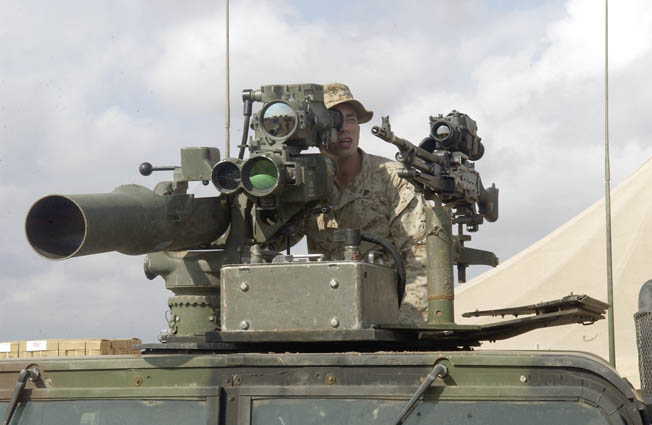
Design Improvements
A new, more comfortable front seat was developed and a retrofit seat was provided for existing vehicles. Until then, drivers brought their own cushions to obtain a little comfort on notoriously bad seats. Several other upgrades were also included in the A1 variant. The most notable was in replacing the NP218 transfer case with the NP242 unit, which was lighter but just as rugged. Goodyear 37×12.50/16.5 MT radial tires were made universal with a central tire inflation system (CTIS), allowing the driver to regulate the front and rear tire pressure independently on the fly, with two gauges on the dashboard showing PSI.
Chassis improvements included a new front axle assembly, heavier drive shafts and half shafts, variable rate rear springs, and upgraded ball joint seals. Brakes were improved with larger pads and a new master cylinder. The glow plug controller for the 6.2-liter diesel was superseded by a solid-state unit because the earlier analog controller tended to overheat and melt the plugs, half of which are under the windshield. Other improvements included a new rifle mount and optional swing-away gas can bracket, headlight stone guards, air-conditioning, constant drive fan, dual air and oil filters, and new metal front grille.
The A1 variant entered service in 1992 just as the Humvee was being offered to the general public for the first time. The A2 variant was fitted with a 6.5-liter diesel engine that met EPA emission regulations. Also, the A2 received a four-speed 4L80E automatic transmission, superseding the earlier three-speed unit. The A2 did not arrive until 1994. Top speed was slightly improved to 70 mph. Special A2 versions included a right-hand-drive vehicle, a tow truck, a Mistral missile carrier, a fire truck, and a Starburst missile carrier.
The cab-over Humvee (COHHV) arrived in 1994 with increased load capacity. It also had a turbocharger, increasing horsepower by 30 (up to 190) with a 25 percent increase in torque up to 380 foot-pounds. Payload was up to 5,300 pounds. Both air conditioning and CTIS were factory installed. In September 1995, O’Gara-Hess and Eisenhardt brought out the M1114 up-armored version of the M1113. The U.S. Air Force also received the up-armored Humvee built by O’Gara-Hess and Eisenhardt in the form of the M1116 by May 1998.
Combat Experience
Since its inception, the Humvee has seen considerable military service, taking part in such deployments as Operation Just Cause (Panama), Desert Shield and Desert Storm (Kuwait, Iraq), UNOSOM (Somalia), Operation Uphold Democracy (Haiti), Bosnia and Kosovo and the invasions of Afghanistan and Iraq. The Humvee proved itself in combat during the Gulf War after Saddam Hussein invaded Kuwait on August 2, 1990. Iraqi Scud missiles were well hidden and also on mobile carriers. American and British special forces units deployed to find the missiles used Humvees for search-and-destroy missions in “Scud Alley” south of Baghdad and “Scud Boulevard” north of the capital.
The attack on Iraqi forces dug in at the northern Kuwait border involved outflanking them toward the west at the Al-Falman airfields. Chinook helicopters brought in numerous Humvees, slung underneath, one at a time. By February 27, the Iraqi Army was driven back, ending the brief but significant war.
As a result of the attack on September 11, 2001, the United States launched an invasion of Afghanistan in order to destroy Al Qaeda and other terrorist groups responsible for various attacks in the Middle East, Europe, Asia, and Africa. The Hummer again became the most ubiquitous vehicle in the field.
In 2003, the United States invaded Iraq to oust Saddam Hussein and his regime. After the initial success of the invasion, a protracted insurgency of Saddam loyalists, Al Qaeda, and numerous other groups resulted in a substantial number of casualties among coalition forces as well as the Iraqi population. One of the tactics used by the insurgents was the detonation of buried or camouflaged roadside bombs using IEDs. Car bombs using unoccupied vehicles as well as suicide missions were also adopted. Unarmed Humvees were particularly vulnerable to such attacks, and the military was widely criticized for not providing enough up-armored variants of the vehicles to protect its personnel.
Despite the well-publicized problems with armor in Iraq, Humvees have remained the most versatile and widely used light military vehicle in the world.
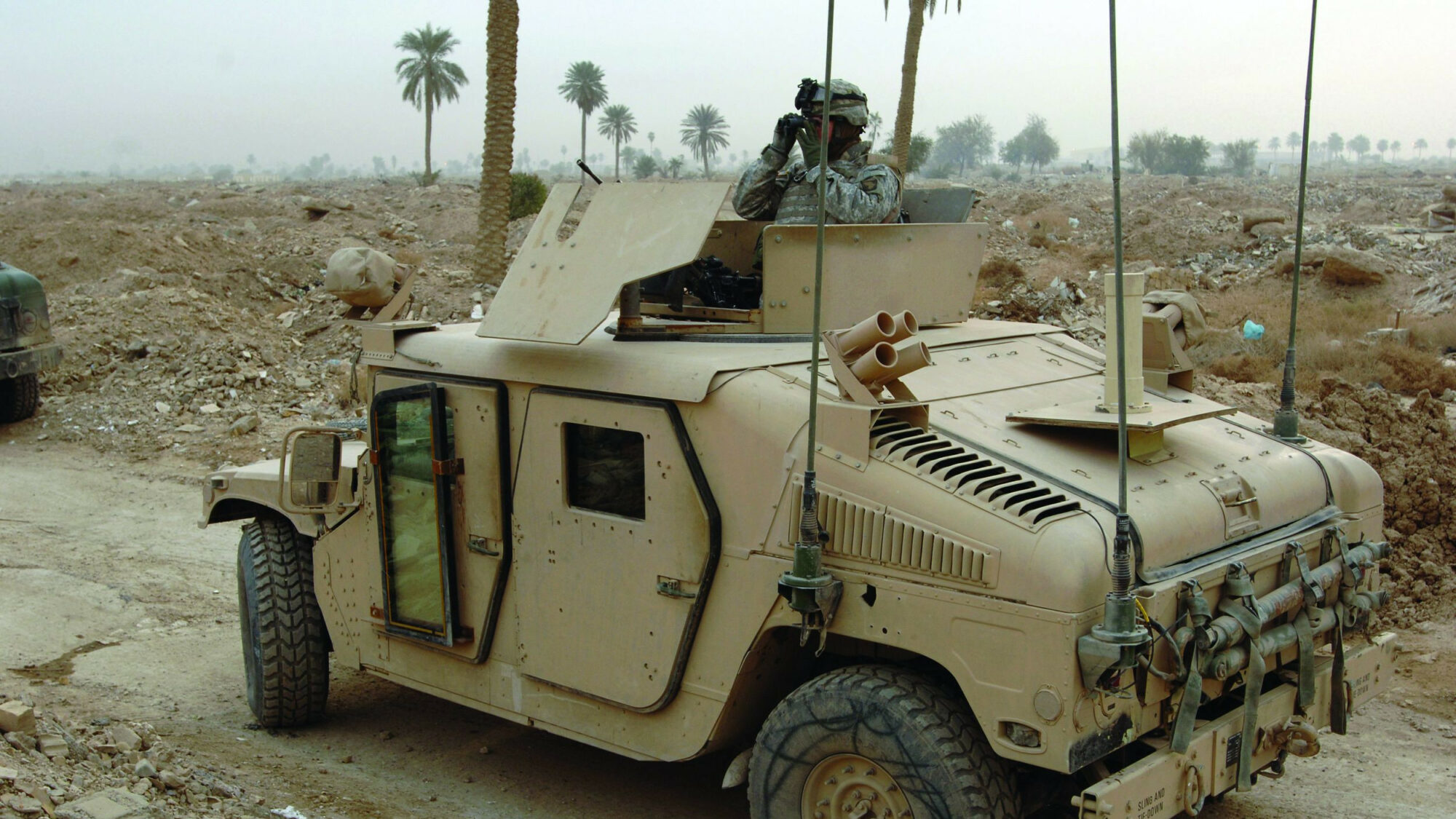
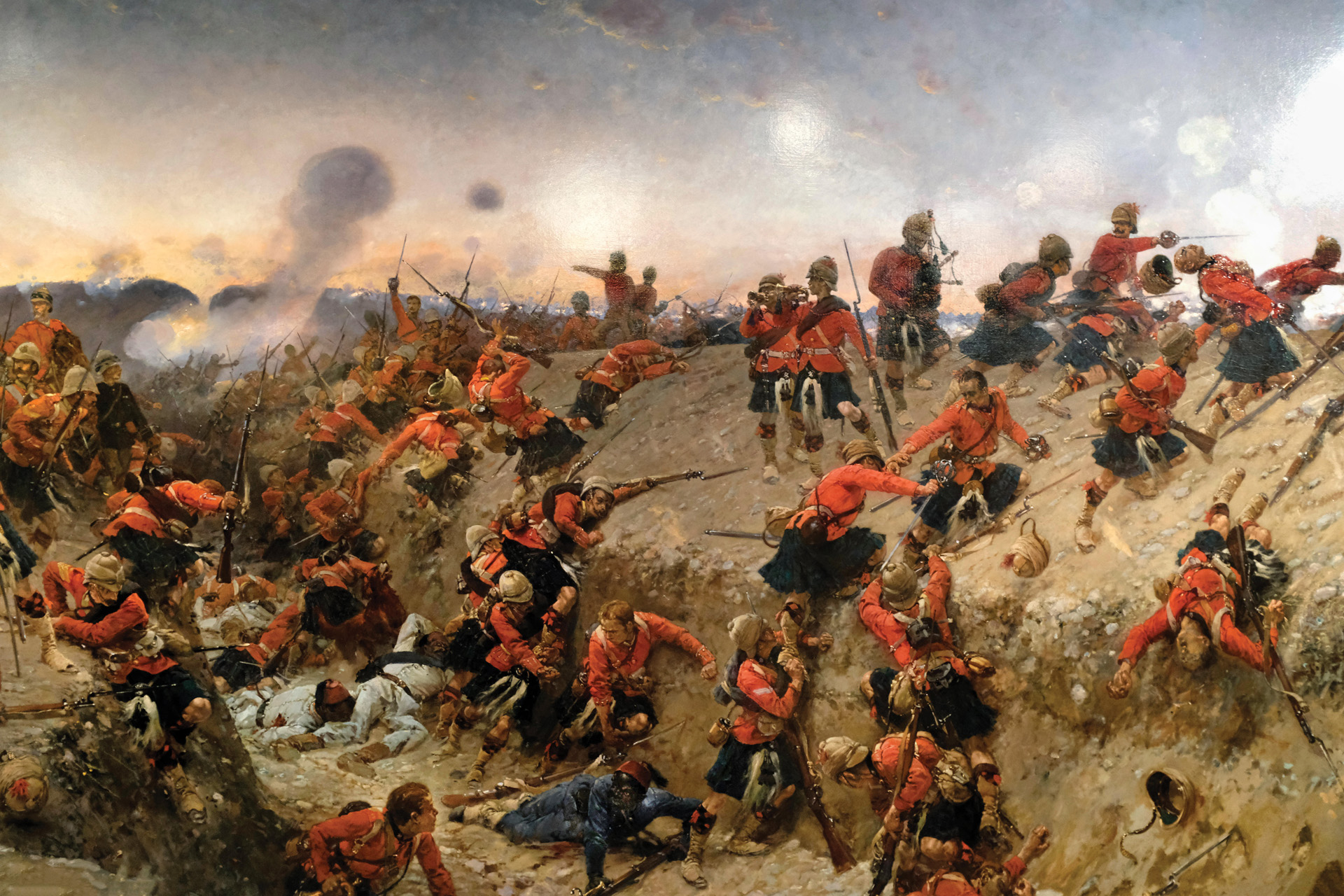


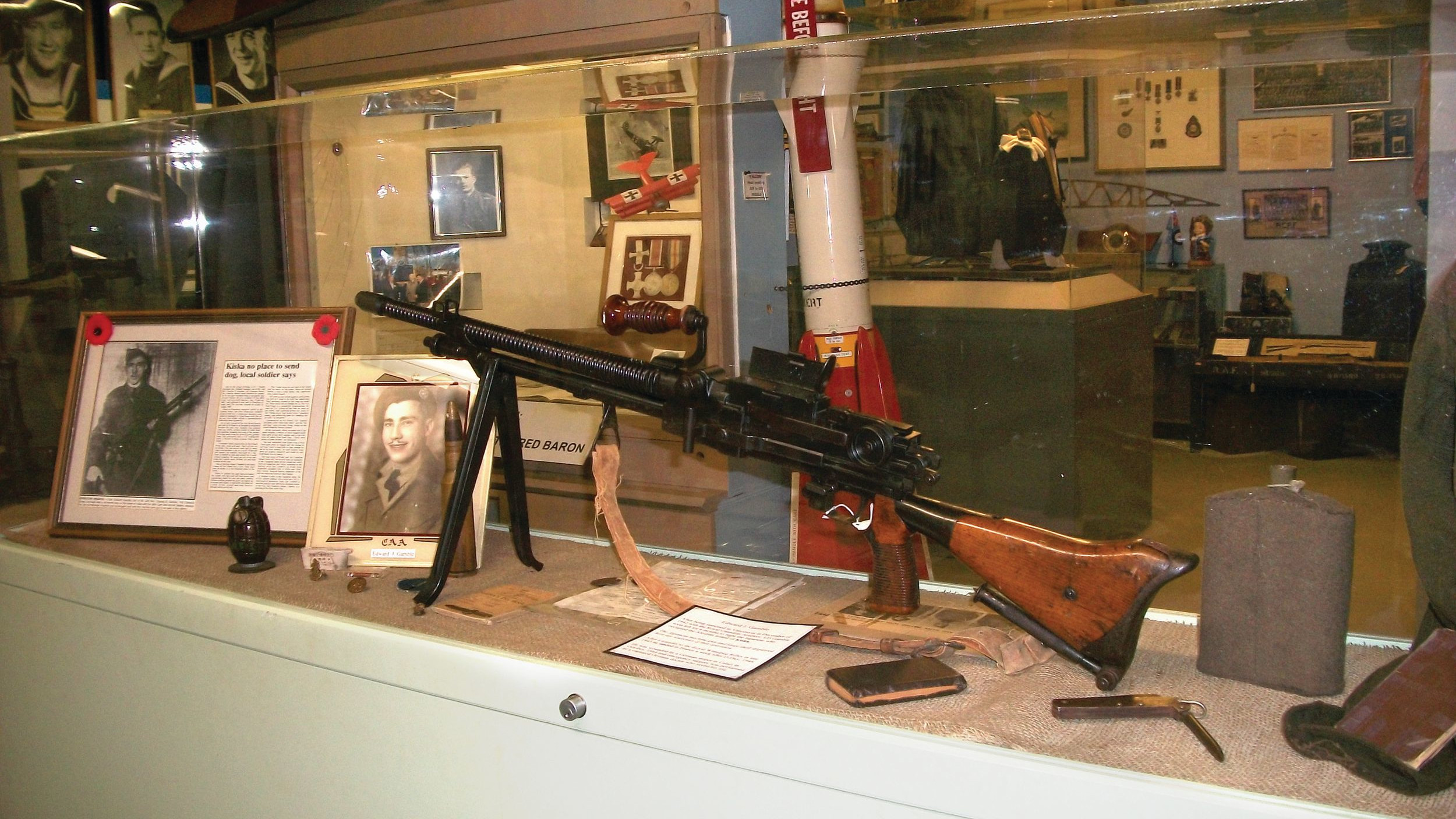
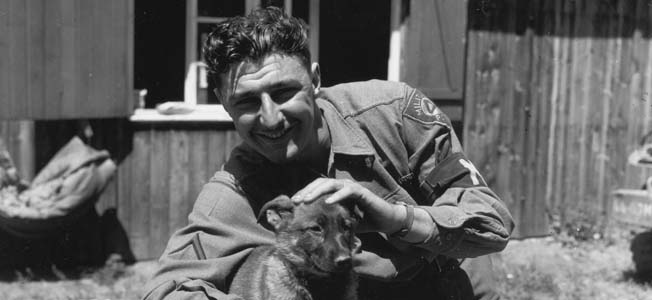
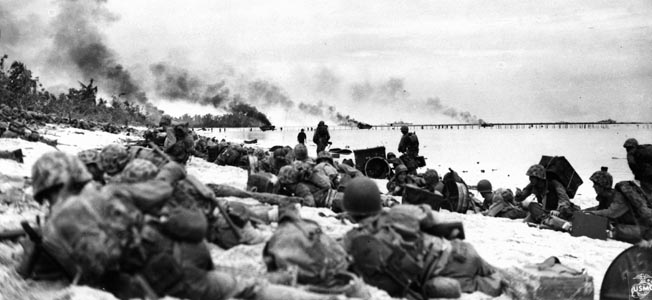
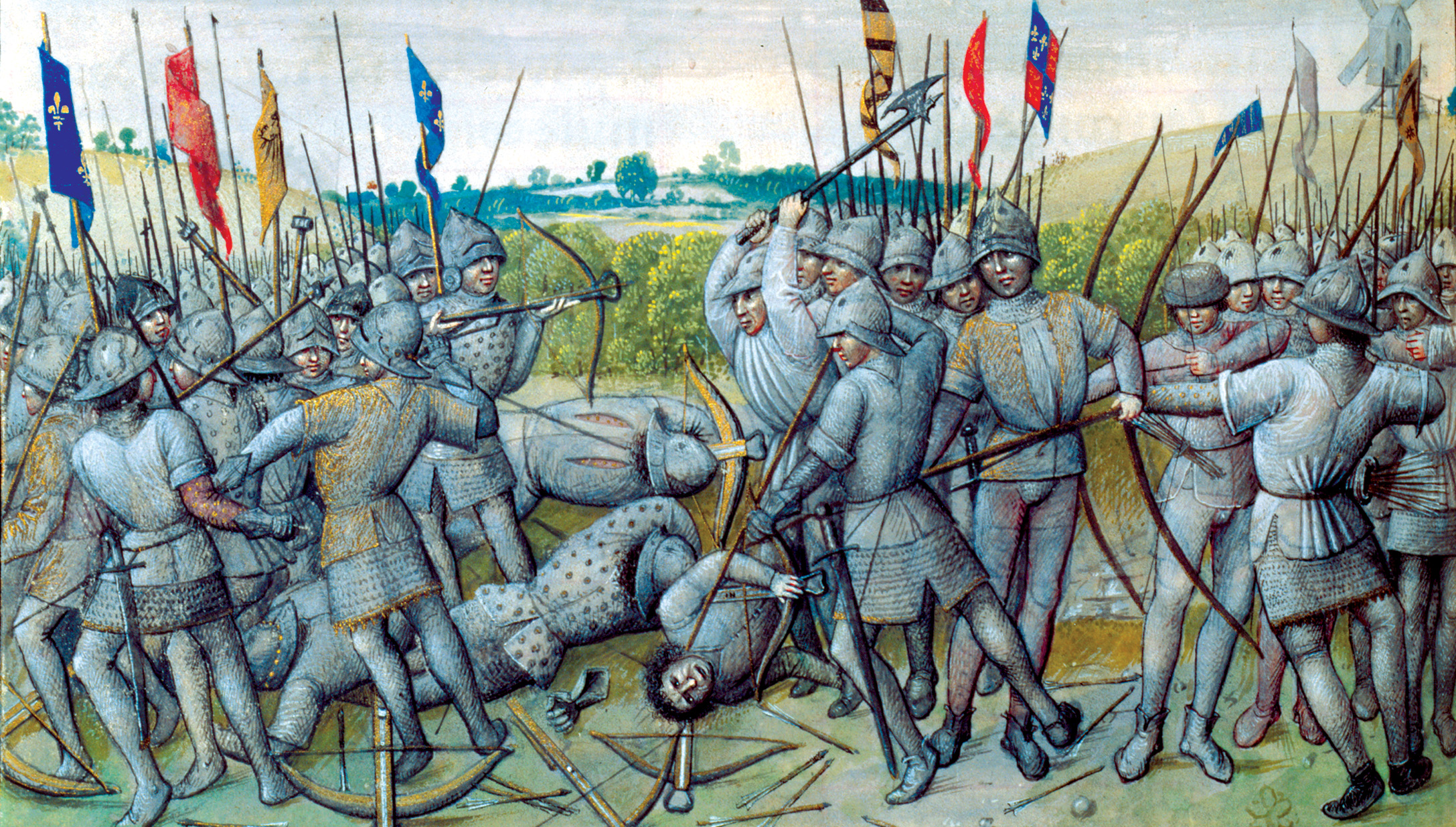
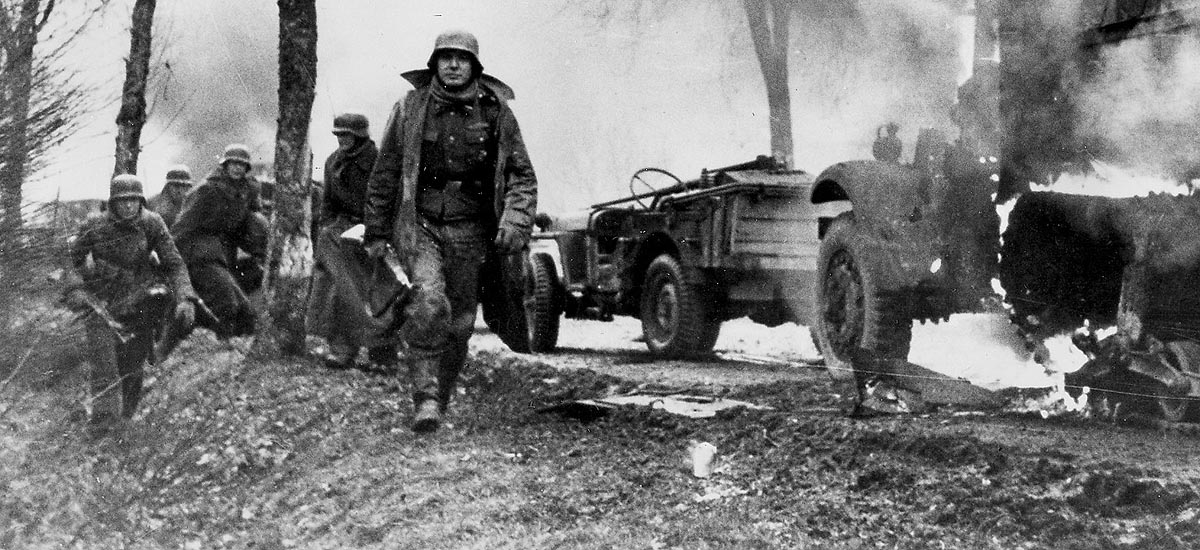
Join The Conversation
Comments
View All Comments